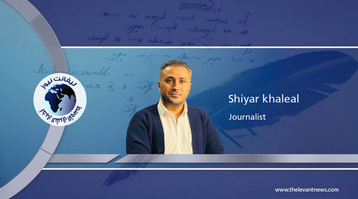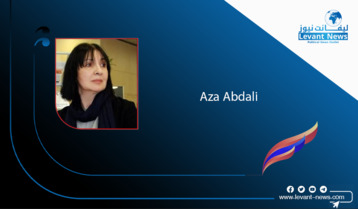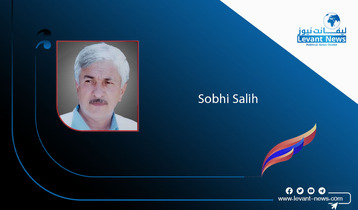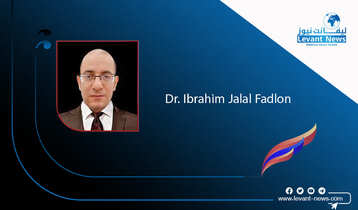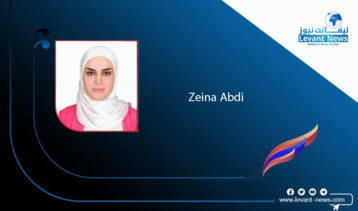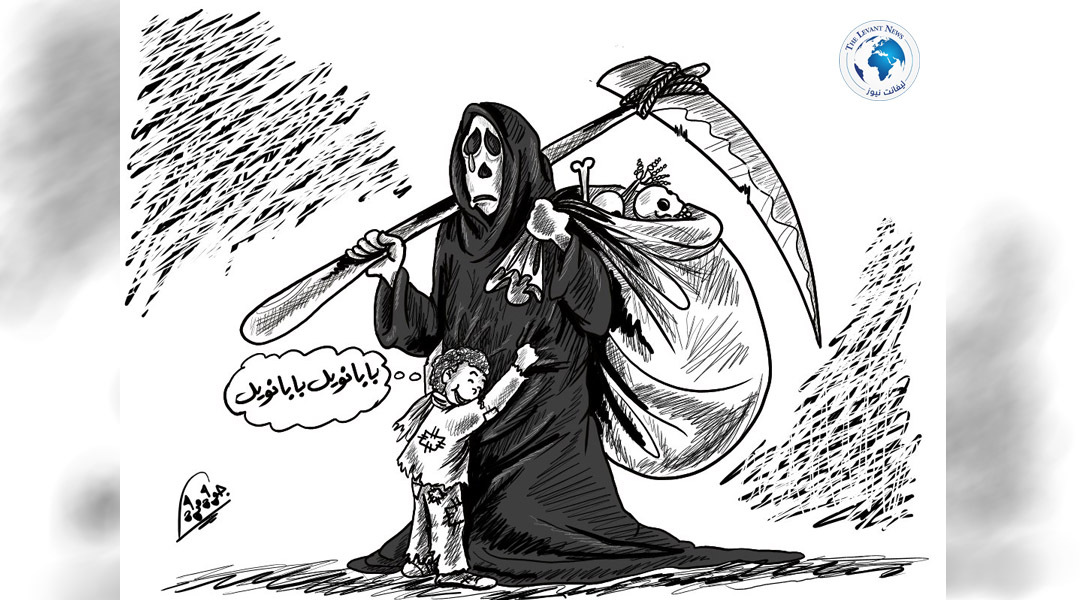-
From Sharm El-Sheikh to London... The Fall of the Mullahs' Project Between Peace and Executions
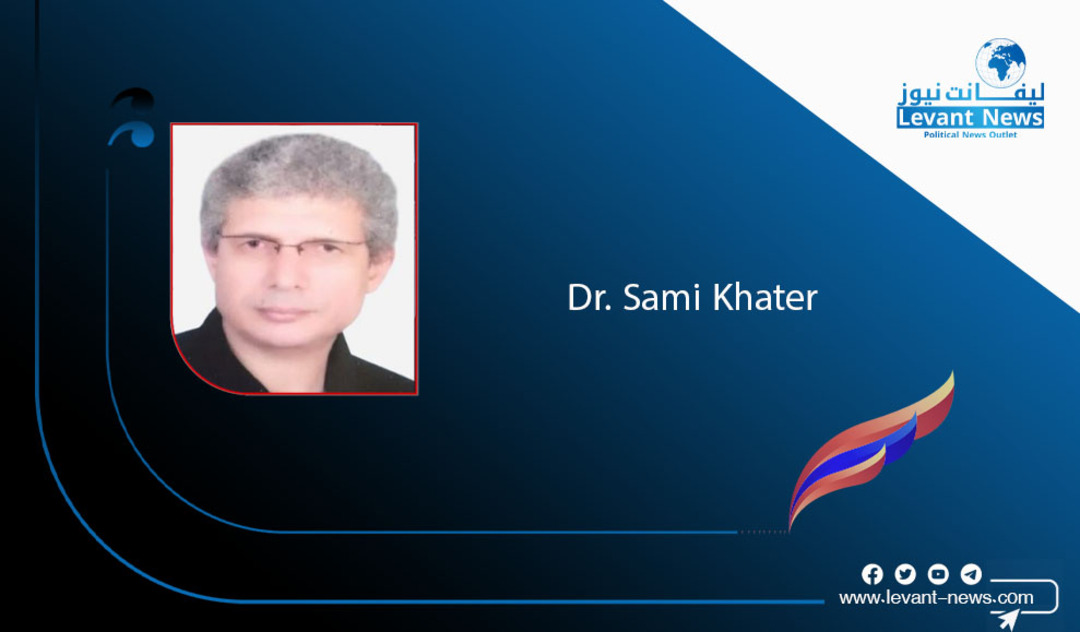
Last week marked a pivotal moment in the contemporary history of the Middle East—one that clearly revealed the end of a phase during which the Iranian regime led the regional scene as the primary “actor.” Suddenly, it became the greatest “loser.” While Arab capitals welcomed the Sharm El-Sheikh Peace Summit with optimism and hope after two devastating years of Gaza war, Tehran was living in fear and chaos. Khamenei saw with his own eyes how his old theory—based on exporting war and building influence through militias—was collapsing.
Sharm El-Sheikh Summit... A Peace That Exposes the Head of the Snake
The summit, bringing together regional leaders and U.S. President Donald Trump, signified a decisive geopolitical shift. The Middle East, exhausted by conflicts, is now rallying around a new vision of peace to end the bloodshed, while Tehran remains on the margins of history, licking its wounds from failed bets.
Khamenei had gambled on prolonging the Gaza conflict to delay an internal explosion, thinking that fueling external fronts would prevent the fall of his hegemony at home. However, a ceasefire and a prisoner exchange agreement diminished his propaganda’s effectiveness.
Today, the same regime’s media bitterly talks about a “New Middle East” against Iran and about the “loss of influence in Lebanon, Syria, and Yemen.” Even the pro-Regime “Jomhouri Islami” newspaper admitted that what was called the “Al-Aqsa Flood” was merely a strategic mistake that led to the retreat of the regime’s proxies and the advancement of peace projects in the region.
Khamenei has shifted from “alleged supporter of resistance” to the head of a snake that has lost its fangs, left with only internal repression as its remaining poison to survive.
Internal Repression and Gallows as a Survival Policy
Domestically, amid mounting regional defeats, the regime has intensified its crimes against the Iranian people. Mass executions have become Khamenei’s last weapon in the face of fears of popular uprisings, especially after activating the “trigger mechanism” and reinstating UN sanctions, which have deepened economic collapse.
Almost daily, news reports emerge of dozens of prisoners executed, including youth arrested merely for participating in peaceful protests. Iranian prisons have become factories of mass death aimed at breaking the people's will and silencing any call for change. However, this bloody policy no longer passes silently, as the international community responded strongly this week from London during the World Conference Against the Death Penalty, attended by hundreds of political and human rights figures from Europe and America. Participants demanded urgent action to stop executions and called for holding Khamenei and regime leaders accountable before the International Criminal Court. The conference also featured an impactful speech by Maryam Rajavi, President-elect of the National Council of Resistance of Iran, who emphasized that overthrowing the execution regime is the only way to save Iran and the region from a cycle of bloodshed and dictatorship.
From Regional Isolation to International Accountability
Between the Sharm El-Sheikh summit, which exposed the regime’s external weakness, and the London conference, which revealed its internal face, a single reality emerges: the Islamic Revolutionary Guard Corps (IRGC) regime is losing its legitimacy day by day. The lies of the “Resistance” are no longer convincing anyone, and the gallows of terrorism cannot silence a people increasingly aware and organized in opposition to the dictatorial regime.
The peace in Sharm El-Sheikh was a political slap in the face for Khamenei, while Maryam Rajavi’s words in London delivered an ethical blow before the world. As peoples united around the slogan “No to War, No to Executions,” the regime found itself isolated, stripped of both internal legitimacy and external support.
The Middle East is entering a new phase titled “Peace and Freedom,” while the Iranian regime faces its inevitable end. Every step toward peace represents an additional blow to Tehran’s dominance, and every voice rising against executions is a clear declaration that the era of fear has ended.
Thus, from Sharm El-Sheikh to London, the region is writing the final chapter of the “snake’s head,” which lost its weapon abroad and its gallows at home.
Dr. Sami Khatir / Academic and University Professor
You May Also Like
Popular Posts
Caricature
opinion
Report
ads
Newsletter
Subscribe to our mailing list to get the new updates!

